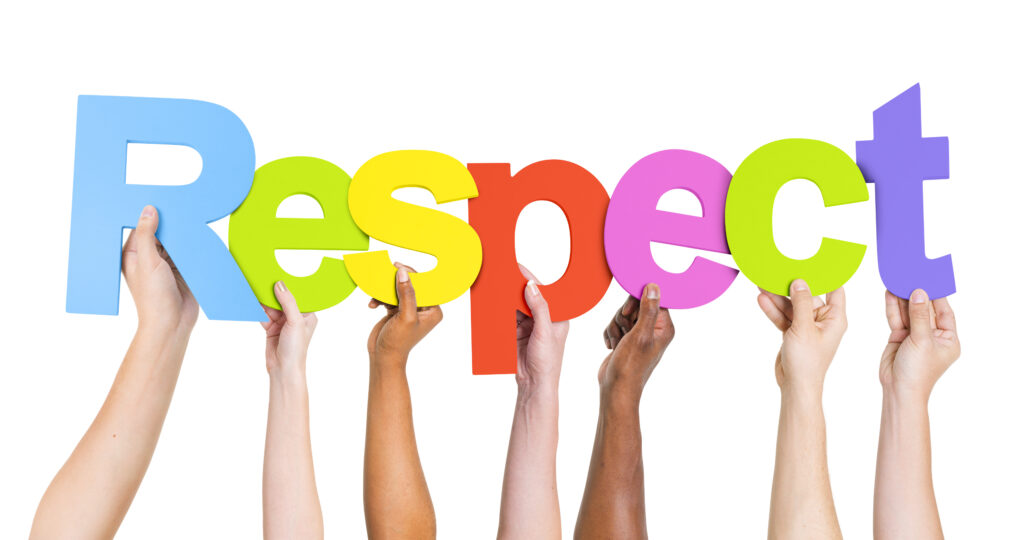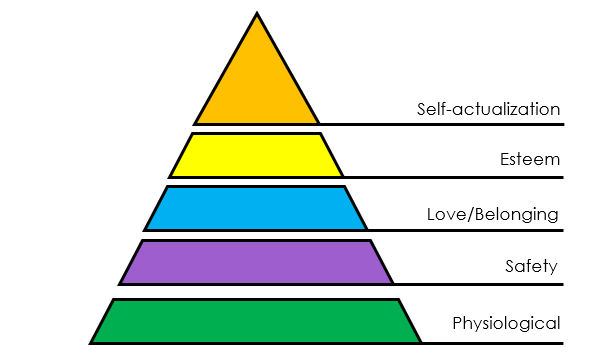Archives: Lessons
Lesson
SCCC SU-2: Vitamin D – Include Vitamin D Into Your Life
SCCC SU-2: Vitamin D – Non-dairy Foods
SCCC SU-2: Vitamin D – An Introduction
What would you do?

Knowing what to do or how to handle situations of bias with children can be difficult.
Using what we have learned so far, look at each of the scenarios below and think about:
There is no one right or wrong answer to each situation, but suggestions will be included to help reflect on how to approach the situation.
Raven

Raven is biracial and has light brown skin. She begins attending a 2-year old class where all the other children and teachers are white. She loves dramatic play and small play houses and farms with small play figures. All of these dolls and play people in the classroom are white. Some of the books in the classroom show some other races and skin tones, but these are not the books read during the toddler story time.
What messages might Raven be receiving?
- She might feel different.
- She may begin to build stereotypes that one skin tone is superior to another, and that her skin color is inferior.
What could be done?
- Consider adding some dramatic play materials and people that show some different skin tones, including a baby doll that looks similar to Raven.
- Add a few eye-level photos showing children of different skin tones.
- The teachers could choose some of the books showing greater diversity for read-alouds.
- The teachers could encourage all of the children to bring in family pictures and display the pictures, including Raven’s family.
- Take the perspective of Raven. How would you feel in a similar situation where many of the images and materials do not reflect or look like you?
Celia

Celia has joined your preschool classroom after being placed with a foster family. Her biological mother is recently deceased, and her father is currently incarcerated. The classroom has many display photos of two-parent families or mothers with their children, but none that show other family structures. There are no books in the book center that feature a variety of families. During Celia’s first month, a main theme is Mother’s Day, including a Muffins with Mom event and the children making Mother’s Day gifts.
What messages might Celia be receiving?
- She may not feel like she belongs in this group.
- She may feel different and that there is something wrong with her.
- She may feel sad or angry thinking about her mother.
- She may be unsure who she should invite to the muffins event, and for whom she should make the gift.
- She may not feel emotionally safe.
What could be done?
- If the center doesn’t already do so, consider a short family meeting as part of the transition process into the center. The teachers could meet Celia’s foster caregiver, and potentially learn some information to support her needs in the classroom.
- The teachers could add a greater variety of family structure pictures, such as a family where the grandparents are raising their grandchildren.
- The teachers could add some books to the book center that show some different family structures, including foster families. There are also some books appropriate for preschoolers on the topics of death of a parent, or having a parent incarcerated.
- The muffins event could be renamed “Muffins with Me” and the children could be encouraged to invite someone special.
- Instead of a Mother’s Day gift, the children could be encouraged to make a gift for someone special. The teachers could help each child write a message to their special person.
- Take the perspective of Celia. How would you feel if many of the activities revolved around someone no longer in your life?
Jake

In a 3-year-old preschool classroom, the dramatic play center costumes are princess dresses and some community helper costumes such as fire fighters and mail carriers. Jake, a 3-year-old boy, frequently makes a beeline for the dramatic play center and wants to wear the pink Rapunzel dress. Ms. Sherrie, an assistant teacher, says, “that is for girls” and encourages him to try the mail carrier costume instead.
What messages might Jake be receiving?
- May feel shamed for age-appropriate interest in this type of dress-up.
- May begin to build gender stereotypes.
- May not feel safe emotionally to share his preferences and ideas or to be himself as he is right now.
What could be done?
- Add a greater variety of dress-up items to the dramatic play center, including some that are considered unisex. Include some fabrics that could be wrapped or worn different ways, including as a skirt or a cape.
- Talk with the children when they are dressing up to learn more about their thinking. “You are wearing …. Tell me about it”.
- Share some resources with the staff that this type of exploration is developmentally appropriate.
- Ask some questions to help children and staff see a perspective that in some cultures, dress type items are not just worn by females.
- Model how a teacher could respond in this situation.
- Speak with Ms. Sherrie privately to share information and request a different response next time.
- Take the perspective of Jake. How would you feel if you were discouraged or not allowed to do an activity that you enjoyed or made to feel that there is something wrong with you if you like that activity?
Course Wrap Up
Course Evaluation
ECE 108: Advancing Equity in Early Childhood: Awareness and Respect
What now?
What can we do?
How can I show respect?
To show awareness and respect, we must respect children, families, and ourselves. In this section we will briefly review some ways that we can show and model respect. Many of these strategies will be explored in more detail in upcoming training sessions.
Before we begin, think about the word “respect”. What does it look like to you? What does it mean? If it helps, close your eyes and think about the word.
The word respect may take many different forms, but at the root of the word it is a way of treating or thinking about someone in a positive way. If someone feels unwelcome, treated badly, or insulted then they will feel they haven’t been treated with respect.
What are some ways we can show respect within early childhood?
References:
Facing History & Ourselves. (2009, November 2). Identity Charts. Facing History & Ourselves. https://www.facinghistory.org/resource-library/teaching-strategies/identity-charts
Sykes, T. (n.d.) Got Bias [PowerPoint slides]. Phoenix.gov. https://www.phoenix.gov/humanservicessite/Documents/Got%20Bias.pdf
Vocabulary. (n.d.). Respect. In Vocabulary.com dictionary. Retrieved January 12, 2023. https://www.vocabulary.com/dictionary/respect
Why does it matter?
References:
Mcleod, S. (2022, April 4). Maslow’s Hierarchy of Needs. Simply Psychology. https://www.simplypsychology.org/maslow.html
Sykes, T. (n.d.) Got Bias [PowerPoint slides]. Phoenix.gov. https://www.phoenix.gov/humanservicessite/Documents/Got%20Bias.pdf
Williams, Sherri B. (2017). Understanding Implicit Bias and Its Effects on Early Childhood Settings. Frank Porter Graham Child Development Institute. https://fpg.unc.edu/publications/understanding-implicit-bias-and-its-effects-early-childhood-settings
Definitions

Before we begin it is important to highlight and define a few definitions that will be mentioned throughout this training.
A person’s attitudes or stereotypes that are often a prejudiced outlook to something or someone and tend to favor one group over another. Bias can be either explicit or implicit. See more below.
The beliefs, social norms, practices, traditions, and traits of a religious, racial, or social group.
A variation among individuals or groups of individuals. Variations are related to lived experiences, backgrounds, or social identities such as: race, ethnicity, language, gender identity, socio-economic status, ability status, and more.
Dealing fairly and giving each child what they need to succeed in the experience of learning. Learning activities will help all children thrive using the child’s individual and family strengths.
Conscious beliefs and stereotypes that affect one’s understanding, actions, and decisions.
Personal identity is how someone sees themselves and attributes that give them a sense of individuality. Fostered by things such as temperament, home, and extended family, and then by social and school experiences1. Aspects of identity include personal identity, gender identity, racial identity and social identity.
Unconscious beliefs and stereotypes that affect one’s understanding, actions, and decisions.
Being able to consider a situation from a different point of view. With perspective-taking you put yourself in the position of the other person and imagine what you would do, think, or feel if you were in that situation.
References:
1 Based on Anti-Bias Education for Young Children and Ourselves, 2020, Louise Derman-Sparks, Julie Olsen Edwards with Catherine Goins
Equality and Equity Image Credit: https://images.app.goo.gl/XEpuXKbEkkvhMKhCA
Miriam-Webster Dictionary (n.d.) Miriam-Webster. Retrieved January 1, 2023, from https://www.merriam-webster.com/
NAEYC. (2019). Advancing Equity in Early Childhood Education. NAEYC. https://www.naeyc.org/sites/default/files/globally-shared/downloads/PDFs/resources/position-statements/advancingequitypositionstatement.pdf
Sykes, T. (n.d.) Got Bias [PowerPoint slides]. Phoenix.gov. https://www.phoenix.gov/humanservicessite/Documents/Got%20Bias.pdf
Welcome
Module 3

Now that you have an outline of what your training will be about and the outcomes you will be reviewing, let’s start working on a plan!
- In Developing your Training Plan – Part 1 you will work on the Opening Component of your Training Plan.
- In Developing your Training Plan – Part 2 you will work on the Content Delivery and Closing Components of your Training Plan.
Module 2: Decisions, Decisions
Looking for Kentucky’s Early Childhood Professional Development Framework?
Visit the Kentucky Governor’s Office of Early Childhood
or click the link below.
Module 1: Introduction and Review of PACES
Course Evaluation
Cultural & Linguistic Competence
Final Quiz
Lesson 1:
El Día de la Tierra es un evento anual que se celebra el 22 de abril para demostrar el apoyo a la protección del medio ambiente. Celebrado por primera vez el 22 de abril de 1970, ahora incluye una amplia gama de eventos coordinados globalmente por EarthDay.org que incluye a mil millones de personas en más de 193 países. El tema oficial para 2022 es Invest In Our Planet









